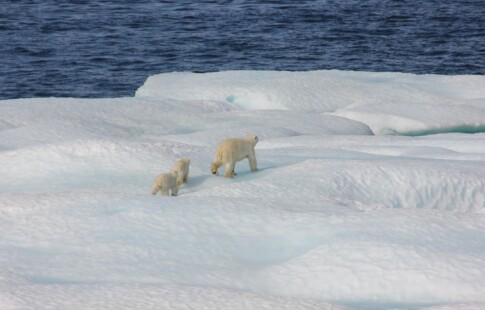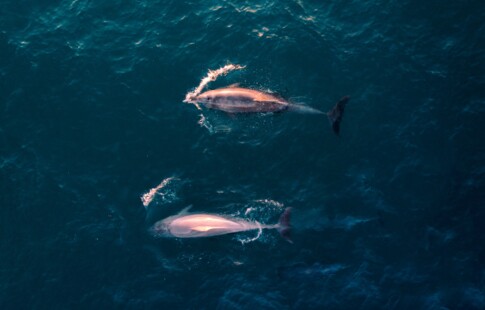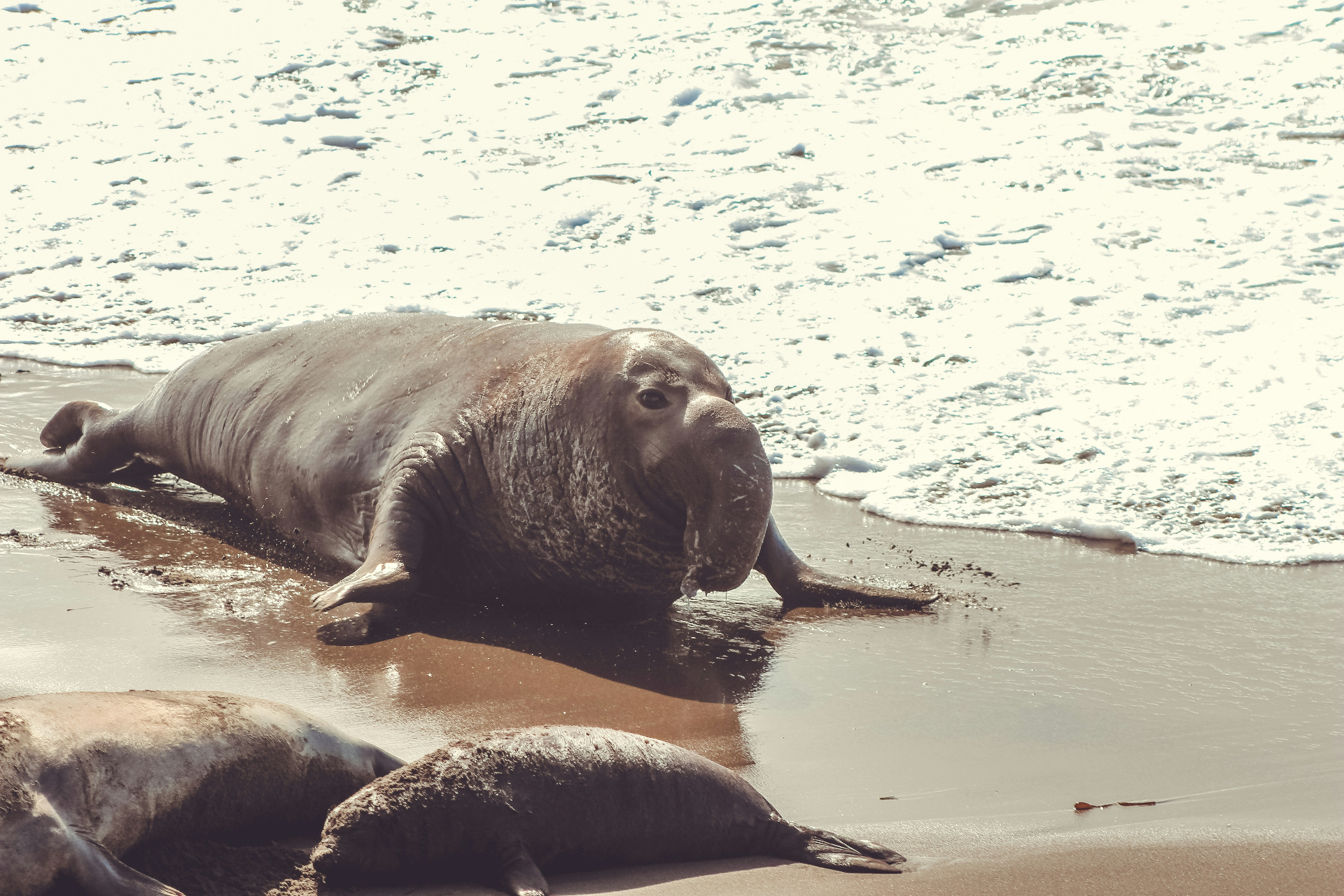
Are Elephant Seals Endangered?
We are reader-supported. When you buy through links on our site, we may earn affiliate commission.
Elephant seals are hefty yet endearing creatures, but unfortunately, they have a shaky history. Poachers and anthropogenic climate change have caused the near extinction of sea elephants, so are elephant seals endangered now? Discover how conservationists and experts have worked to bolster population numbers and if it is making a long-term difference. Where do they stand now when the planet is growing hotter every year?
An Introduction to Elephant Seals
There are two species of elephant seals — the northern in the eastern Pacific and the southern in the Antarctic region. They are known for a few defining characteristics. First, they are huge. Typically, they weigh between 8,000 and 10,000 pounds, one signifier of their name. Other elephant-like traits include their gray color and distinctive proboscis resembling a trunk.
Their short hair and lack of limbs make it easy to swiftly glide in the water, which is great considering how much time they spend there. Most of their life is in the water, so they can hold their breath for long periods. Their flippers make it easier for them to exist in the water versus land.
What is the life span of an elephant seal? Northern species live around nine years, while their southern counterparts can hit their twenties. Their blubber keeps them warm, and once a year, they molt their hair and skin when they are at their most vulnerable. Given their size and strength, they don’t have many predators, but sharks and killer whales are top concerns.

How Many Elephant Seals Are Left in the World?
Are elephant seals rare? Were they, or have they ever been endangered? According to the International Union for the Conservation of Nature’s Red List, both elephant seals are labeled as “Least Concern” for extinction. However, it’s vital to address evaluations for each species that have not been performed since 2014, so numbers may have changed drastically.
There are around 110,000 mature northern elephant seals and an estimated 325,000 southern seals, where neither are experiencing notable habitat or population fragmentation. The seals of the north saw increases in their population during an assessment, while the southern seals remained stable with no significant population changes.
So, they are not considered rare, but this designation has severely fluctuated throughout history. Elephant seals have not always been this robust in number, and the species is an excellent example of how erratic biodiversity can be.
Why Are Elephant Seals in Danger?
People wonder about the state of elephant seals because humans have almost rendered them extinct before. In the 1800s, hunters killed tons of them to use their blubber for oil. A few hundred survived, though some say as few as 30, which fostered the blooming populations of today. Sealers and whalers are no longer top concerns, but that doesn’t mean they aren’t still out there. Additionally, more external factors threaten them than ever before with varying degrees of ferocity.
Just because the species isn’t listed as “endangered” doesn’t mean they are not in any danger. Marine species are hit particularly hard, primarily with oceanic pollution rising in complexity and density. Water treatment plants don’t know how to funnel and treat novel contaminants, and other organizations are attempting to develop new technologies to get existing particles and debris out of the waters, harming seals and different aquatic life at this exact moment.
These are the most prominent threats to both species, even though neither is presently listed as a concern for endangerment:
- Marine pollution
- Climate change
- Overfishing and poaching
- Boat collisions
- Entanglements with fishing devices
- Tourism
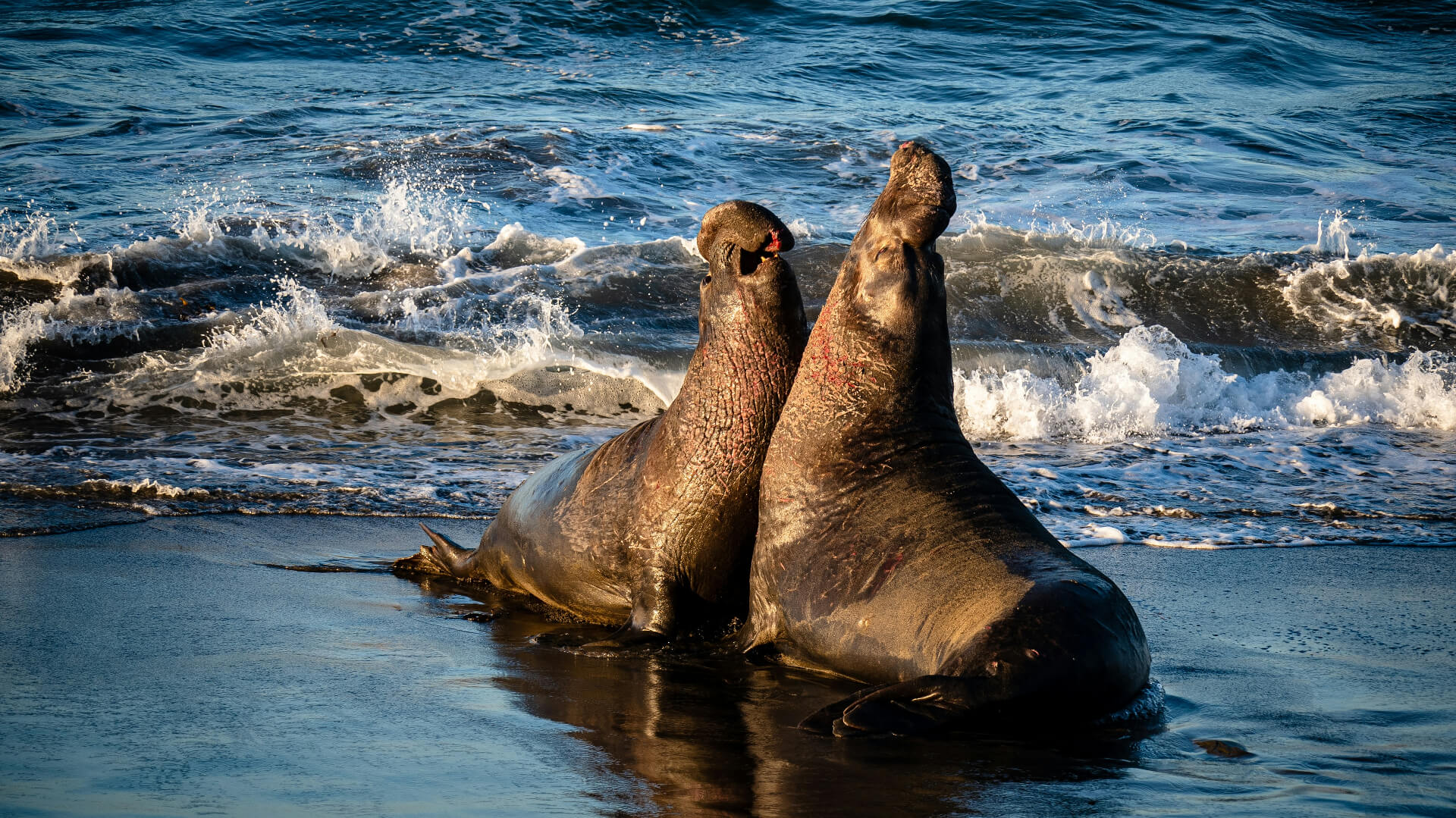
Additionally, neither species has specific accountability measures in place regarding invasive species. Though the animals are protected under laws, their habitats are less so. More thorough advocacy for marine mammals requires consistent inspection of the habitat’s health and research to discover unwanted species entering the landscape or the presence of novel illnesses.
The species is not required to be part of any particular awareness campaigns or educational programs, which might be necessary if seals face more threats and see numbers decline.
Actions to Protect Elephant Seals
Is it illegal to hunt elephant seals? The Marine Mammal Protection Act protected both species of elephant seals, which is part of the reason their numbers have recovered over the centuries. The Act prohibits the harassing, hunting, and killing of marine mammals.
The Guadalupe Island Biosphere Reserve is one of the most notable protecting bodies over elephant seals, primarily because this is the location where the species was found after experts believed there were none left. It falls under the Natural Protected Areas Commission, giving it defenses against unethical activity against its flora and fauna.
Another entity is the Convention for the Conservation of Antarctic Seals, which focuses on the southern seals. They oversee the populations to verify that hunting is prevented and that no other strange activity is occurring. Their conservation measures include:
- Verifying compliance
- Advising on general fishery matters
- Overseeing fishery regulations
- Keeping eyes on protected area
Another nonprofit is the Friends of the Elephant Seal project based out of California, home to many northern elephant seals. They spread education about seals to dispel misinformation and increase humanity’s appreciation. The goal is to ensure humans and seals can live together in harmony without people taking advantage of them. Though seals typically only arrive on land for molting and breeding, the nonprofit has still gotten more eyes and attention on them for positive change and wildlife advocacy.
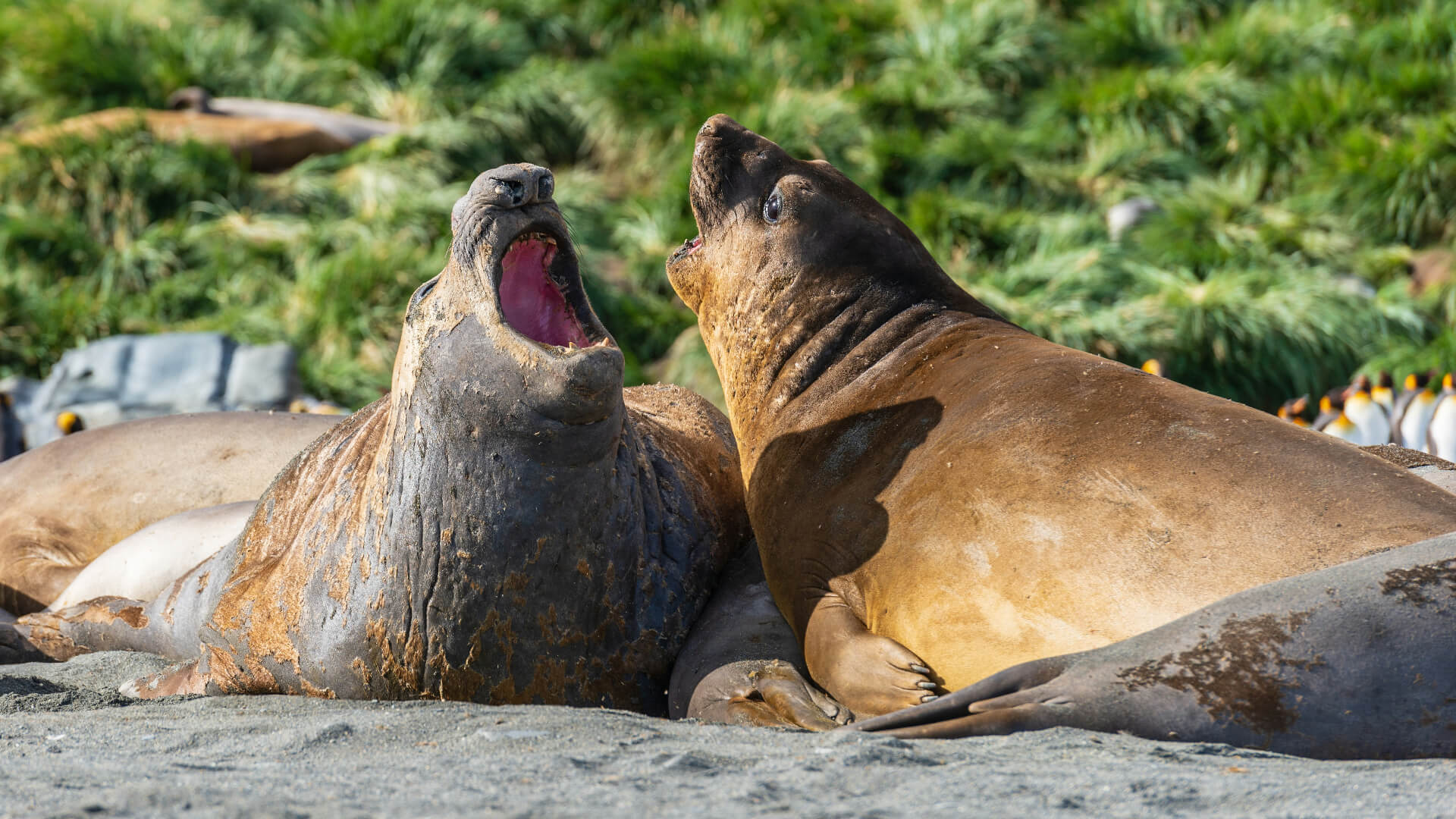
Are Elephant Seals Endangered in 2024?
Elephant seals are not currently endangered, nor are they close to it. Determinations might change when the IUCN reevaluates the species, but it isn’t easy to know until then. Other factors, such as their land-to-sea patterns and molting seasons, make it challenging to count all members simultaneously.
Concrete numbers may always remain slightly nebulous because males and females behave differently. Still, the resurgence seals had in the 1800s to now is hope for other species on the endangered list to recover to even more substantial numbers than before.
Share on
Like what you read? Join other Environment.co readers!
Get the latest updates on our planet by subscribing to the Environment.co newsletter!
About the author
Jane Marsh
Starting from an early age, Jane Marsh loved all animals and became a budding environmentalist. Now, Jane works as the Editor-in-Chief of Environment.co where she covers topics related to climate policy, renewable energy, the food industry, and more.



